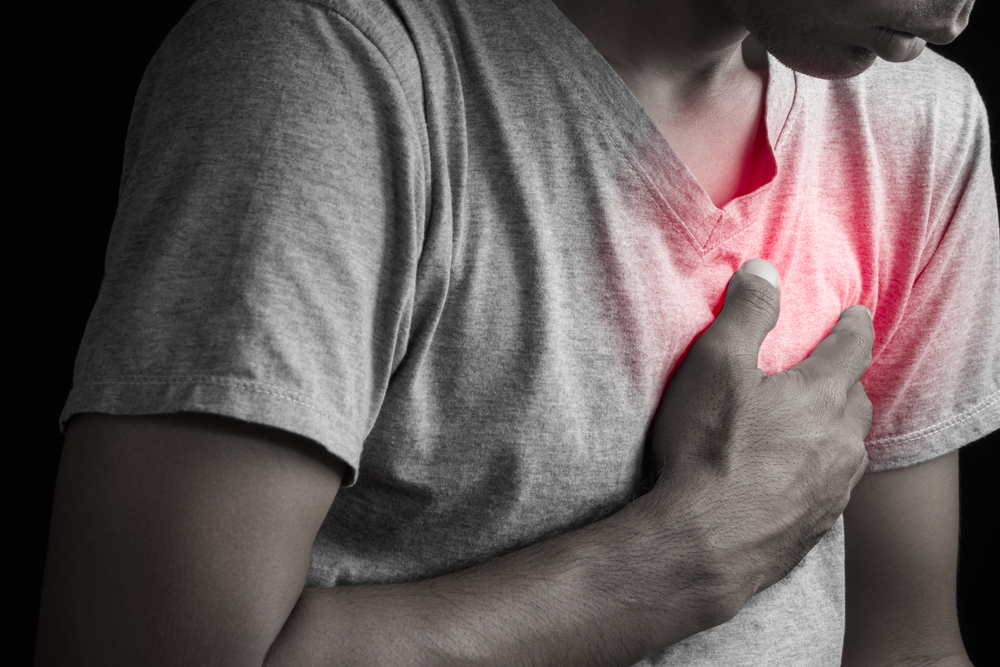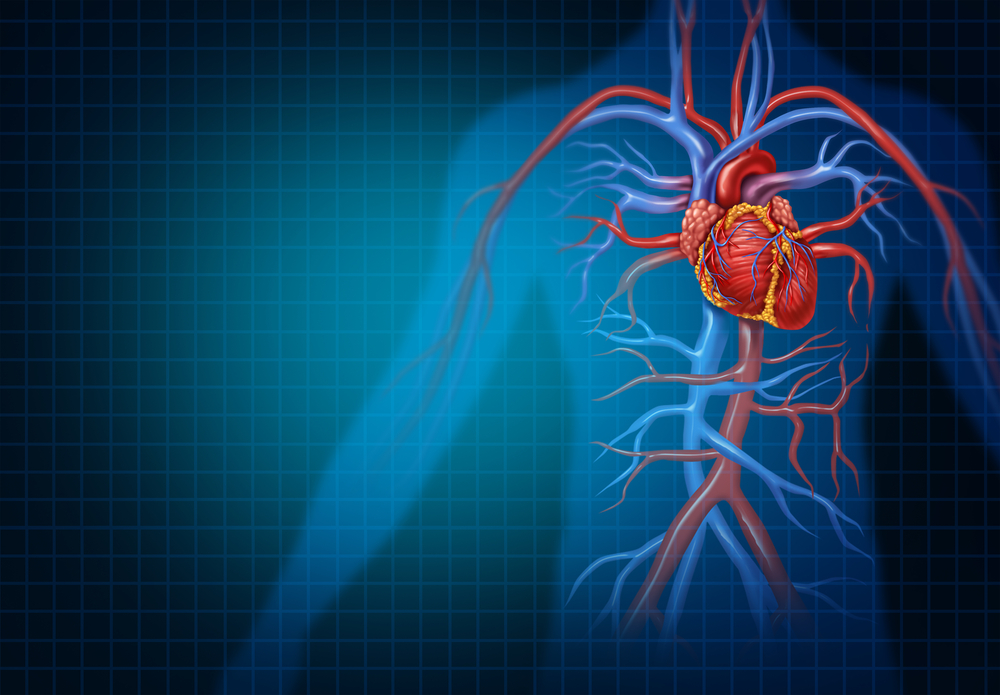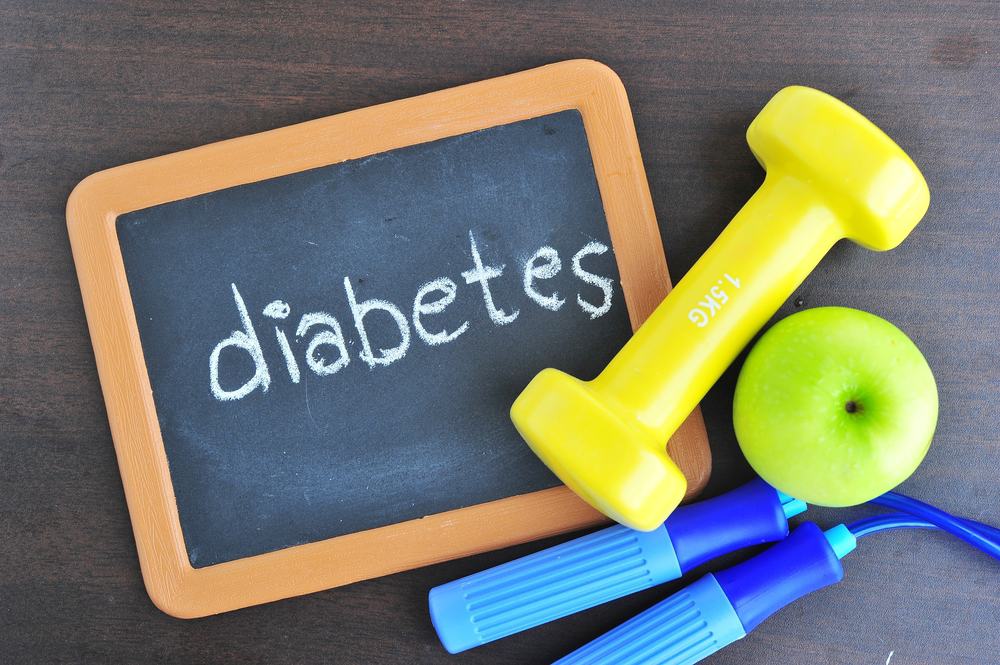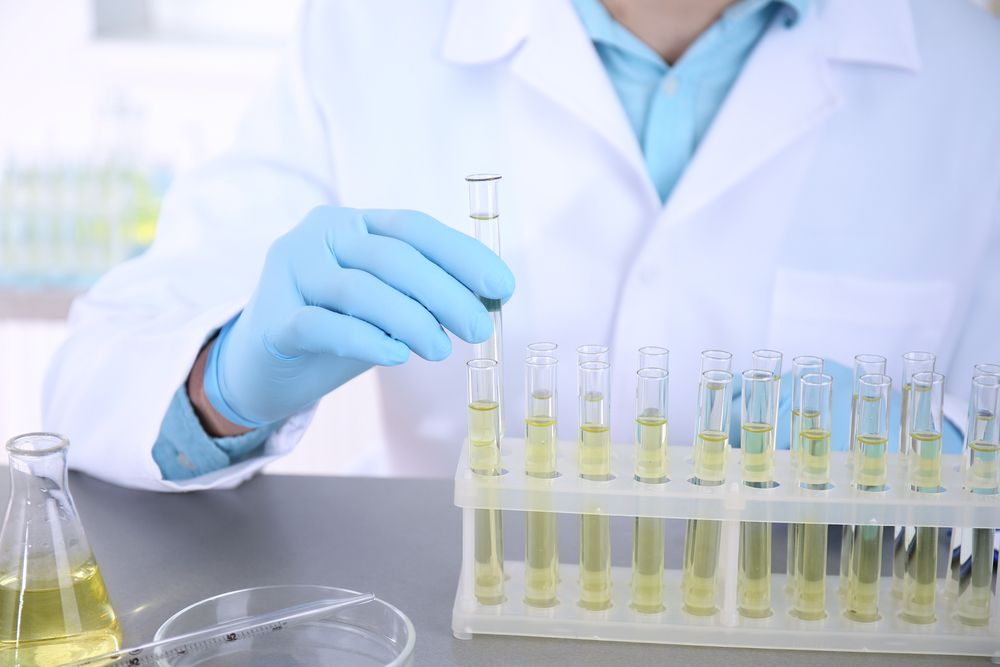Contents:
- Medical Video: SCAD Spontaneous Coronary Artery Dissection - Mayo Clinic
- Knowing the rupture of the coronary arteries
- Symptoms of coronary artery dissection
- Risk factors for torn arteries
- Diagnosis and treatment
Medical Video: SCAD Spontaneous Coronary Artery Dissection - Mayo Clinic
Coronary arteries are blood vessels that carry blood containing oxygen and nutrients to the heart. Damage to the coronary arteries is generally caused by cholesterol buildup in blood vessels or atherosclerosis. However, there are other causes such as sudden dissection or tearing of the coronary arteries. Although less frequently, there is an increase in cases of heart attacks caused by dissection of the coronary arteries.
Therefore, it is important for all of us to study this case further. Come on, find out all kinds of coronary arteries torn in the following explanation.
Knowing the rupture of the coronary arteries
The torn coronary arteries are known in the medical realm as spontaneous coronary artery dissection. This condition is defined as the rupture of an arterial artery wall that is not related to the presence of trauma or a tool from medical action.
Basically, the artery wall is divided into two, namely the outside and the inside. Sudden tearing of the wall can result in interference with the deepest arterial tract (lumen). The presence of these tears causes the blood to fill the lining between the inner and outer arteries, resulting in a hematoma (buildup of blood) which also causes blockages in the arterial tract. The hematoma condition causes pressure on the lumen which blocks blood flow to the heart.
This causes the blood flow to the heart to be slower or stop it as a whole. As a result, the heart muscle becomes weaker and in the near future can lead to heart attacks, arrhythmias, and sudden death.
In contrast to the incidence of heart attacks in general, in cases of spontaneous coronary artery dissection, people who experience it have no history of atherosclerosis or risk factors such as hypertension (high blood pressure) and diabetes. Spontaneous coronary artery dissection occurs in people who are classified as healthy, and more commonly found in women over the age of 40, but in men it can occur in any age group.
Symptoms of coronary artery dissection
Symptoms of sudden rupture of the coronary arteries are the same as a heart attack. However, this can occur in healthy people without risk factors for heart disease. These include:
- Chest pain
- Pain in the upper arm, shoulder and jaw
- Difficulty breathing
- Increased heart rate or sudden feeling of pounding
- Sweating
- Feel very weak for no reason
- Nausea and feeling dizzy
The occurrence of a heart attack is an emergency that requires immediate treatment through the nearest emergency access or health service.
Risk factors for torn arteries
It is not known for certain the most related risk factors in causing spontaneous coronary artery dissection, but experts to date have found several conditions that might be related, including:
- Female sex - the incidence of spontaneous coronary artery dissection tends to be higher in women.
- Give birth - the incidence of spontaneous coronary artery dissection is found in women who have given birth or within a period of several weeks thereafter.
- Vascular disorders - such as abnormal arterial wall cell growth fibromuscular dysplasia causing artery walls to become more fragile.
- Extreme physical activity - spontaneous coronary artery dissection occurs after a person of high intensity aerobic physical activity.
- Emotional pressure - sadness due to the death of a nearby person or excessive psychological pressure can increase the risk of heart disease occurrence, one of which is spontaneous coronary artery dissection
- Inflammation of blood vessels - inflammation such as lupus and polyarthritis nodules can contribute to damage to blood vessels.
- Genetic disorders - Some genetic diseases can cause the body to have fragile connective tissue such as Ehler-Danlos vascular syndrome and Marfan syndrome.
- Extreme high blood pressure - this condition might cause tearing of blood vessels.
- Drug use - the use of cocaine and other illegal drugs is related to the incidence of spontaneous coronary artery dissection.
Diagnosis and treatment
The incidence of spontaneous coronary artery dissection can only be recognized by the method of coronary angiography that uses X-rays to check the condition of the deepest arteries or lumen. Examinations that tend to be less invasive such as tomography can also be done, but not all types of coronary artery dissection can be detected. Before the symptoms of a heart attack appear, the dissection of spontaneous coronary arteries is quite difficult to recognize.
Most people who experience spontaneous coronary artery dissection with a stable or no pain and electrocardiographic changes can be treated with treatment methods that improve blood flow and arterial walls. The use of antihypertensive drugs and control of cholesterol in the blood can be done. If the condition is not stable, then stenting coronary arteries and bypass surgery may need to be done.













